TT 537: Sunday Musings
Oscar Peterson, Sonny Stitt, Jacob Garchik's hilarious post, Gabriel Kahane's serious comment in the Atlantic, 2 from Sam Newsome, summer concerts in review, RIP composer Daniel Lentz
Jacob Garchik pulled off a coup with his essay, “To Post or Not To Post: Measuring The Effectiveness of Social Media Usage With the Downbeat Critics Poll.”
Some people treated Jacob’s piece as serious, which it is not, unless it is. However, the caption “AI-Generated image of a musician creating an Instagram post” is definitely a troll, for the picture is of Oscar Peterson at home with his synthesizers.
Oscar Peterson could really play the piano. On a mechanical level, he is one of the greatest ever, and not just for his whirlwind chops, but also in terms of offering a luminous sonority on a ballad.
The second half of In the Key of Oscar is Peterson’s home recording of his synthesizer with primitive programming and overdubs. In terms of a great musician producing unlistenable music, the synthesizer tracks from In the Key of Oscar may deserve the dubious crown. Just awful. A bottomless abyss of misguided aesthetic.
New technology is fun, but it may date quickly. (Again, note Garchik’s “AI-Generated” caption.)
I hung out with Jim McNeely the other day, and he talked about how Sonny Stitt’s Varitone sax record of “What’s New” was a hit on local jazz radio in Illinois when Jim was young.
The Varitone was a pickup and amplifier for woodwinds and brass that came to prominence in the 1960s. There were a variety of effects on offer, but the signature sonority was doubling the horn line an octave lower.
Sonny Stitt always sounds good, but the Varitone wasn’t required. Indeed, in the end it better to listen to Stitt without the artificially added lower octave—and thus, another case where new technology does not stand the test of time.
Jim Snidero sent along a find, the last time Stitt was documented playing a gig or record, just weeks before he died in 1982, and it’s a video! The accompanying band is not really up to it, but Stitt is still his gladiator self. After the first tune, Stitt says, “Let’s play ‘Cherokee,’” and away he goes. Amazing. The truth is spoken.
Snidero also suggested a Stitt track I didn’t know, a killer version of “Mean to Me” with The Modern Jazz Sextet from 1956: Dizzy Gillespie, John Lewis, Percy Heath, Skeeter Best and Charlie Persip. Stitt’s double-time lines are fresh and inspired. The more I understand something about jazz, the more I appreciate Sonny Stitt.
Gabriel Kahane has a terrific essay in The Atlantic about the demise of listings. Gabe’s absolutely right, of course. In this case I suspect there could be a road from dystopia back to something that makes sense: Patronage now needs to extend beyond commissioning new work to a new kind of advocacy for performances—and even journalism. I recommend that the editor of a future listing site or app have literary flair and an iron will to limit the listings to stuff they think is truly important: In an age of plenty, scarcity and critical gatekeeping is what is missing.
At least we still have the estimable Steve Smith, still going strong at Night After Night, and a main character of Gabe’s piece. (I recall with amusement Steve asking me to select “a new artist we should watch” for a Time Out New York feature in 2005 or so. I chose Gabriel Kahane.)
To some extent the (wholly sincere) piece from Kahane pairs with Garchik’s (comedic) post about poll numbers. If you can’t even let people know where you are playing or when you have a record out, I guess the poll is one way to feel like it matters.
Sam Newsome also posted about polls, writing the helpful sentence, “As it’s often said in the world of economics: there are no solutions, only trade-offs.” Sam, who deserves more credit in a thousand ways including as a writer, also offers a compelling piece on the other incoming threat: “The Double-Edged Sword of Technical Proficiency in Jazz: A Hard Look at Art in the Age of AI.”
Jacob Garchik, Sam Newsome, and Gabriel Kahane do a certain amount of advocacy for other performers on their platforms. I admire this tremendously. In social media’s best future, artists can explain each other, at least a bit. (It’s hard to do.)
In that spirit, here’s a few things from my summer viewing previously posted to Instagram.
Darcy James Argue and Aaron Diehl, after last night's premiere of A Banquet for the Birds, DJA’s new suite inspired by Emily Wilson’s fresh translation of The Iliad. The work is really a serious piano concerto: the rhetoric was notably convincing and the audience was thrilled. Is this DJA’s first concerto? Many more to come, I’m sure. As expected, Aaron’s performance was masterful.
It’s new music. At one point, Mr. Diehl may have been slated to be a standard bearer for the tradition, but current vital collabs with Tyshawn Sorey, Timo Andres, and Argue are showing Aaron to be one of the most progressive musicians around.
Enjoyed a set of 40Twenty at IBeam: Jacob Sacks, Dave Ambrosio, Vinnie Sperrazza, Jacob Garchik. Maestro Sacks is one of my favorite pianists, he’s got a totally unique style, check him out!
James Fei conducts the finale of Anthony Braxton’s piece for 100 tubas in Fort Greene park, presented by Bang on a Can.
At the Frick museum Sarah Rothenberg had programmed a fascinating set of mostly brand new piano music for the brand new concert hall.
First up was a prelude and fugue by Vijay Iyer, which sounded remarkably like a Keith Jarrett improvisation in the Aeolian mode. In the program notes, Iyer credits Dmitri Shostakovich as a model.
Next were Arnold Schoenberg’s Op. 19, the small set of pieces that made such an impression on so many in the past century.
The last movement of Op. 19 prefigures Morton Feldman, which led smoothly into Tyshawn Sorey’s 45 minute meditation For Julius Eastman.
Sorey came to prominence as a superb jazz drummer, and it is remains reasonably unexpected that he has turned into the most prominent Feldman disciple, as many original Sorey pieces feature sparse chords that hang and dissolve in the air. In addition to the requisite slow dissonances, For Julius Eastman included were exciting surges of atonal bells and even a bluesy section.
Rothenberg’s pianism was masterful. I respectfully request YouTube scrolling scores of the Iyer and Sorey to accompany the future Rothenberg release…
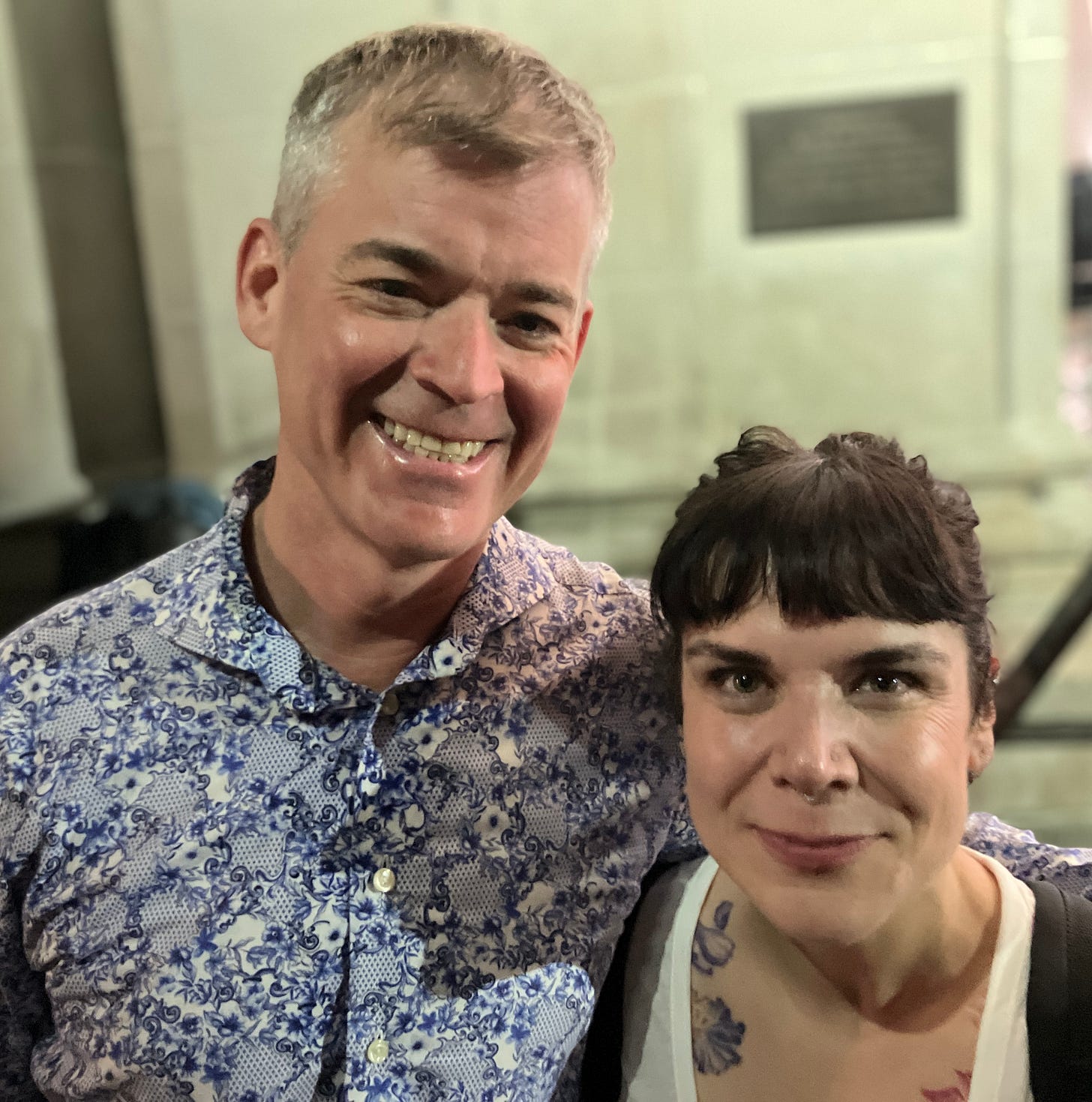
The Naumburg Orchestral Concerts have been happening in Central Park since 1905, and last month The Knights performed an engaging program under the setting sun. The theme of the evening was charming: “Let’s play what the band wants to play!” The members advocated for favorite pieces, and co-leaders Colin Jacobsen and Eric Jacobsen said, “Let’s do it!”
It is not always easy to program for a free summer in the park. One needs to sell a certain amount of entertainment as well as be true to the muses. The Knights managed the balancing act, also because the members were not shy about stepping up to the microphone and engaging directly with the audience.
Antonio Vivaldi, Concerto Grosso in G minor, Op. 3, No. 2 Perfect opener, solid and charming, Colin Jacobsen and Nanae Iwata on violins dialoging with Alex Greenbaum on cello.
William Grant Still, Summerland (for Flute, Harp, and String Trio) Lyrical mood piece suitable for the bucolic setting. Still has “signed to a major label” recently after years of neglect. The work showcased two extraordinary instrumentalists, flutist Alex Sopp and harpist Megan Conley.
Johann Sebastian Bach, Trio Sonata in G Major, BWV 1038 Eric Jacobsen is the star conductor for the orchestra, but here Eric proved he could still be in the rhythm section, playing cello for continuo alongside Steven Beck on harpsichord. I fervently admire Beck as virtuoso pianist of new music (and I wrote the liner notes for his George Walker CD) so it was fun to hear him in this Baroque role. Apparently Bach wrote this Trio Sonata for a coffee shop, which somehow makes sense. Colin Jacobsen and Alex Sopp were the lead voices, discussing the important matters of the day.
Giovanni Bottesini, Gran Duo for Clarinet and Double Bass This uncommon work (Bottesini has few performances in America) is a rare 19th-century piece with a truly virtuoso bass part, played to the hilt by Zachary Cohen. The phrasing from clarinetist Agnes Marchione was so relaxed and fluid that she almost sounded like a jazz cat.
Claude Debussy, Danses sacrée et profane All of Debussy is in the repertoire, but you don’t get to hear this harp feature every day. Megan Conley delivered. For the audience, this work seemed to be the hit of the night.
Chen Yi, Sound of the Five Yi wrote this as kind of pocket cello concerto, and Joseph Gramley transcribed it for marimba. (?!) The work is a riot of color and Gramley was invested in every note. There is something pentatonic in the melodies, a nod to Chinese heritage, but the overall drive and perspective perhaps recalled Shostakovich.
Traditional, arr. Danish String Quartet, three pieces from Last Leaf, “Polska from Dorotea,” “Unst Boat Song,” and “The Dromer” It’s fairly uncommon to see music on program like this with no composer name attached. This attractive set is from recording by the Danish String Quartet especially admired by Knights cellist Jane Cords-O’Hara. Colin Jacobsen shone in first chair, leading the band in the fast syncopated phrases of the opening “Polska.”
Rare to hear all six Brandenburg Concerti in a single evening! But the Orchestra of Saint Luke’s shared chamber duties amongst the talented members and delivered the complete set at Zankel to a capacity audience. My mind felt refreshed afterwards. In addition to everything else, Bach sure knew how to write some hit tunes…
Coda: My friend Tony Creamer alerted me to the recent passing of composer Daniel Lentz. In Point Conception, Arlene Dunlap’s superb piano performance is looped in an “eight-part cascading echo system.” Lentz's control of tension and release is impressive as the harmonies go slowly in and out of sync with each other. A unique listen.

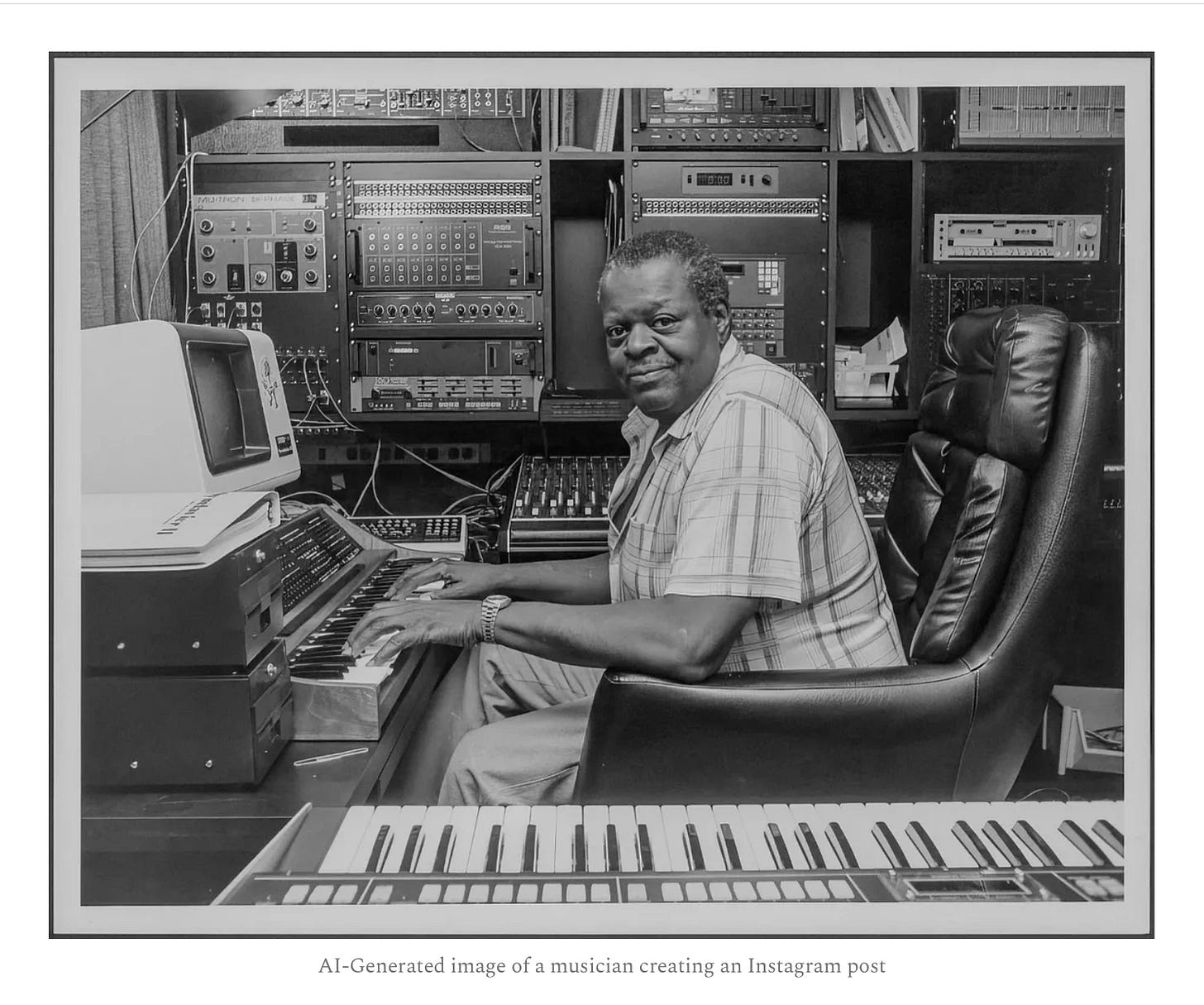
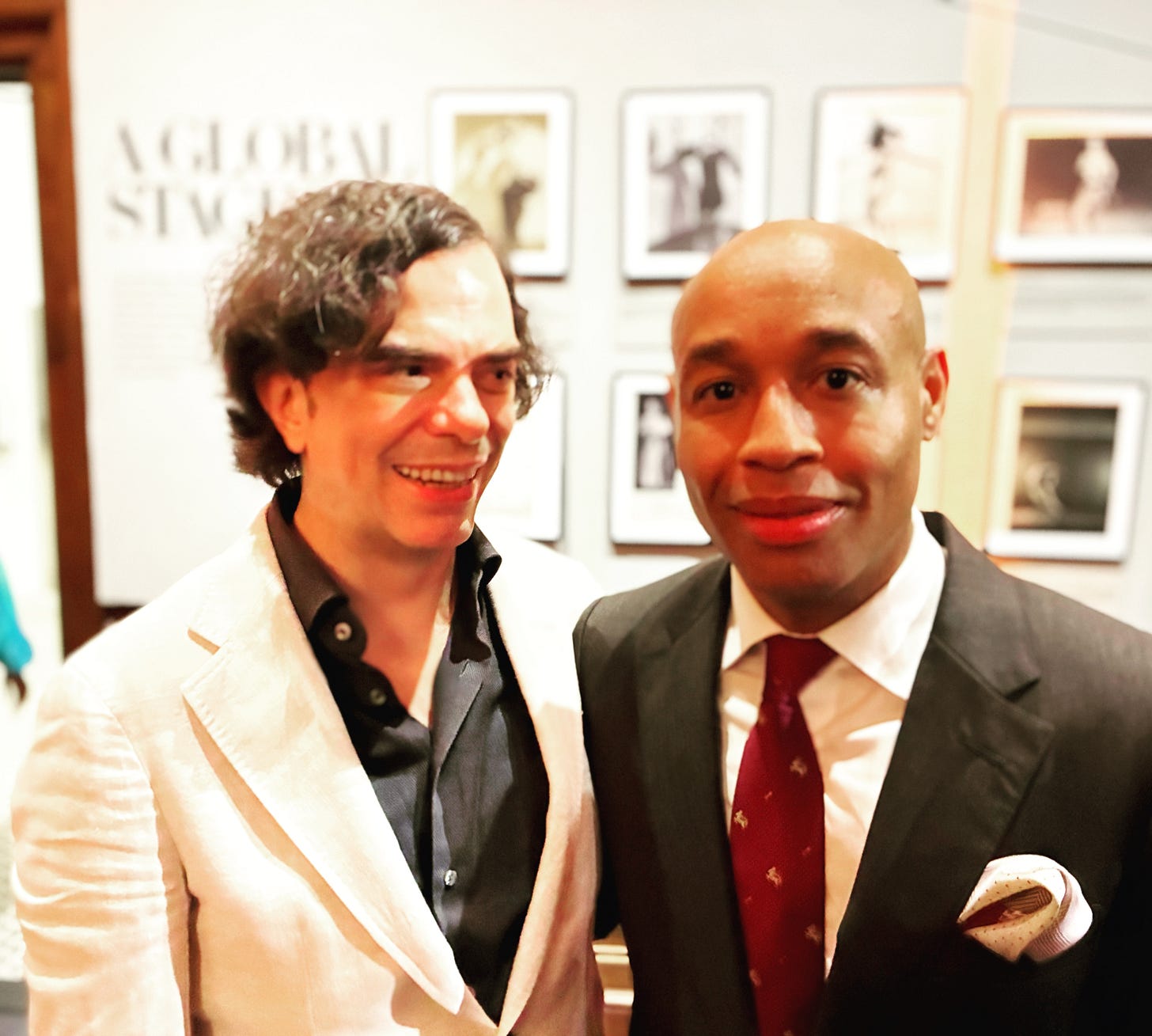
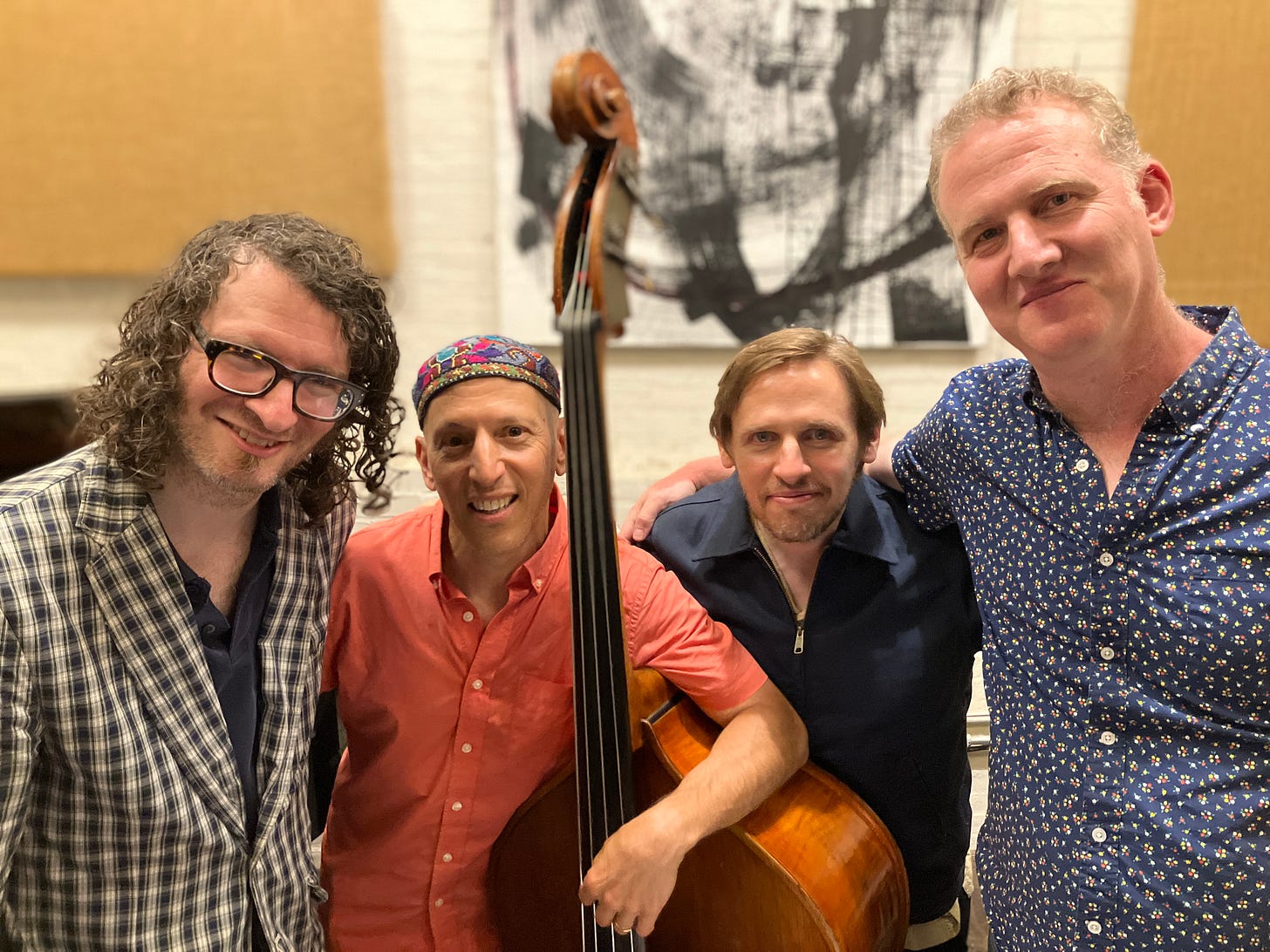

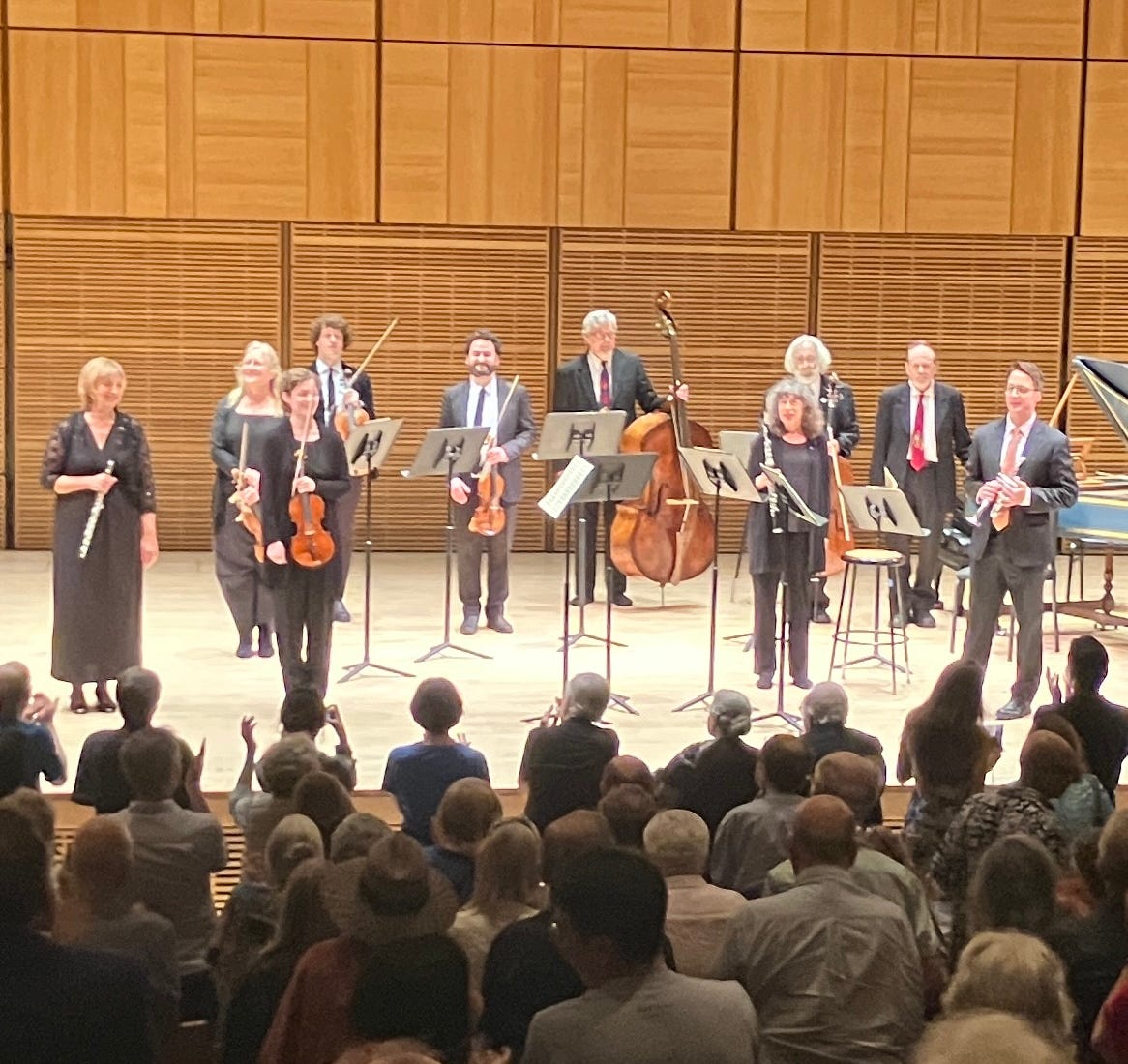
I never heard the Oscar Peterson synth thing but I remember being subscribed to Keyboard magazine when he was on the cover with his Synclavier. In the article he did have a great quote that made me laugh saying “You really have to learn how to play to the sound because trust me, there is nothing worse than stride flutes.“
Speaking of Varitone Jazz radio hits, Eddie Harris dominated the Chicago Jazz radio airwaves in 1967 with Listen Here and Theme In Search of a Movie—both still fun to listen to as curios. I think Eddie actually handled the Vari better than Stitt but a gimmick is a gimmick (remember the Lyricon?)